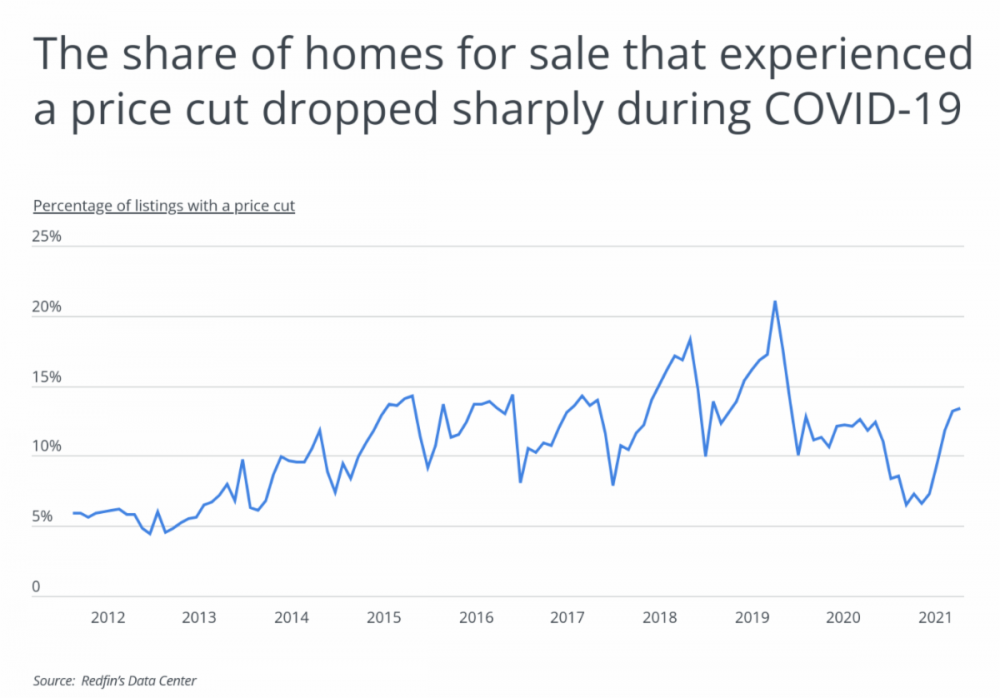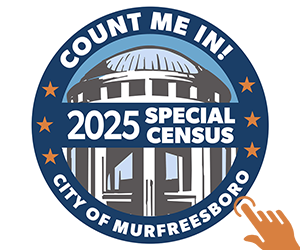The real estate market over the past year has offered few deals and discounts for homebuyers. With the inventory of existing homes having reached historic lows last fall and new construction still slowed by supply chain and labor challenges, a growing number of buyers have been competing for a limited number of homes. This has driven home prices to record heights, with some of the fastest rates of price growth on record.
There are recent signs that these trends are slowing down as the market has moved into the historically less active fall and winter months. Inventory has rebounded to pre-pandemic levels, offering buyers more options. The length of time a listing spends on the market is rising. And the pace of growth in home prices is also beginning to slow.
Some markets have offered a greater likelihood of price cuts on listings than others. Kansas led all states in the share of homes with a price decrease in 2021 at 30.2%—the only state with a percentage above 30% for the year. These discounts came on top of already affordable prices for real estate, as the median home price in Kansas is less than $200,000. At the other end of the spectrum, Hawaii has one of the highest median home prices in the U.S. but only saw 9.3% of listings receive a discount this year.
Price decreases at the metro level are starting to show up in a variety of locales. As buyers show signs of fatigue from the competitive market and greater concerns about affordability as prices rise, decreases are becoming more common across the board. The metros with the most price decreases this year include fast-growing and expensive metros like Seattle, growing but affordable markets like Fresno, and slow-growth markets like Buffalo.
Scroll down to learn about the price cuts across the Volunteer State...
Continued...
The data used in this analysis is from Redfin and Zillow. To determine the locations where the most homes experienced a price cut, researchers at Porch calculated the percentage of active listings with a price cut in each market, accounting for the first nine months of 2021. In the event of a tie, the location with the lower average sale-to-list price ratio was ranked higher. Researchers also included each location’s median home price, which is the most recent Zillow Home Value Index, and its change was calculated between October 2020 and 2021.
The analysis found that 14.7% of listings experienced a price cut in Tennessee. Out of all states, Tennessee has had the 13th smallest percentage of listings experience a price cut.
Here is a summary of the data for Tennessee:
Percentage of listings with a price cut:7%
Average sale-to-list price ratio:6%
Median home price:$253,263
Annual percentage change in median home price:+21.1%
Source: For more information, a detailed methodology, and complete results, you can find the original report on Porch’s website: https://porch.com/advice/cities-homes-experienced-price-cut






